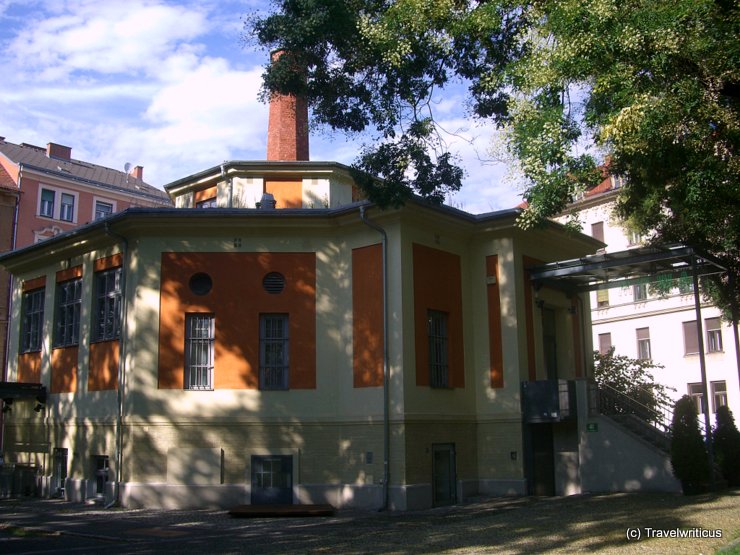
Tonight, I visited the opening of an exhibition with a work by the German artist Hasso von Henninges named “5 Farben” (5 colours). In this work, the artist displayed all possible combinations if you have combined 5 different colours in paintings made of 3 colours (example).
Well, the mathematician would do the math. I just counted the paintings in the room. There were 60 paintings made of crayon. By the way, the exhibition took place at the MUWA (Museum der Wahrnehmung). This is a museum about perception in Graz.
A good place for this work. Many visitors would probably claim that creating 60 paintings in different colours is not art. I have a different opinion. Besides the virtuosity in using crayons in such a balanced way the artist did, the strong effect of his work is the perception visitors may have.
I immediately started to think about flags of nations and tried to find some. So, I “found” Germany, Netherlands and Romania in his work. Another insight was that only 60 countries could use different flags by a limitation to 5 colours and a flag type of 3 rows. Have we ever thought about for whatever reasons states have chosen their colours? That would be a challenging homework for the weekend, huh?
It was also interesting to see that those pieces of work with a bright colour on the top got a kind of halo over them as they reflected the light of the hall in a particular way. Perhaps not an intention by the artist, but as I’ve already said, the display took place in an exhibition hall about perception. So, it was just a question of time to discover this phenomenon.
Sources / More info
- Museum der Wahrnehmung (Website)
- Hasso von Henninges (Website)